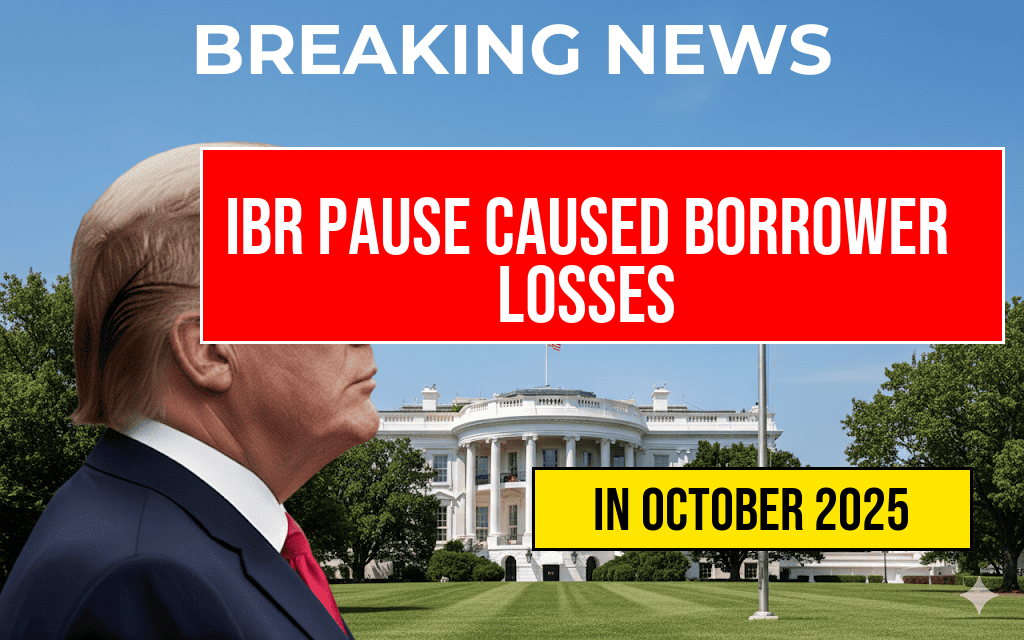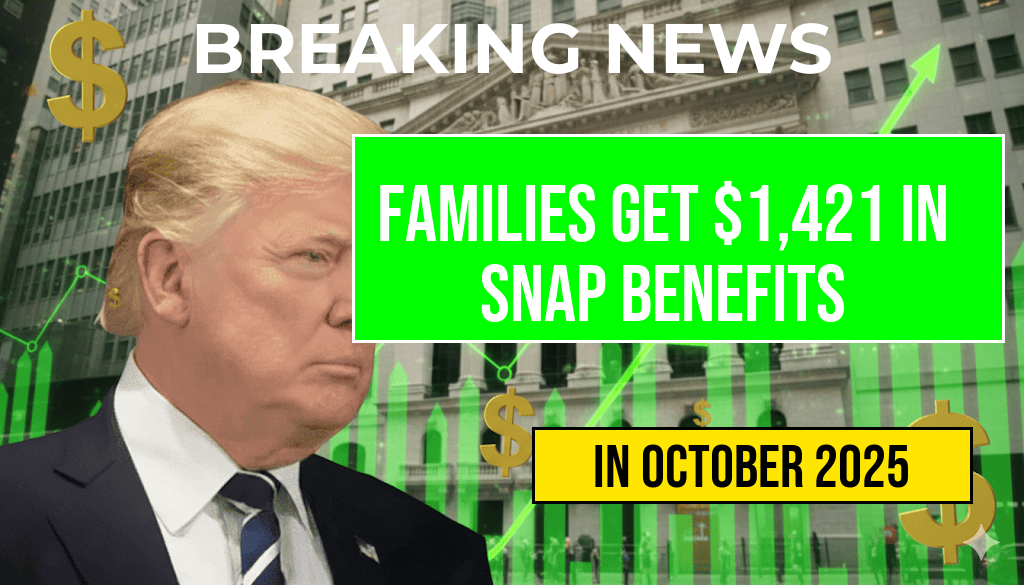Hundreds of borrowers faced unexpected financial setbacks after an interruption in the Income-Based Repayment (IBR) program led to significant payment pauses. Several individuals reported losing hundreds of dollars due to the temporary halt, which disrupted their repayment schedules and caused confusion about their account statuses. The Department of Education has acknowledged the issue and assured affected borrowers that refunds are forthcoming, though a specific timeline has yet to be announced. This development has raised concerns among borrowers who relied heavily on the IBR plan to manage their student debt, highlighting the importance of clear communication and timely resolution in federal student aid programs.
Disruption in the IBR Program Sparks Borrower Concerns
The IBR plan is designed to make student loan repayment more manageable by capping monthly payments based on income and family size. However, a recent pause in processing or updates within the program has caused widespread confusion. Borrowers who believed their payments were paused or deferred unexpectedly found themselves facing regular billing cycles or even missed payments, leading to financial strain and credit score impacts.
Many of those affected reported that they had planned their finances around the anticipated pause, which was communicated as temporary. Instead, the disruption resulted in borrowers being billed for amounts they thought were deferred, with some experiencing penalties or interest accruals, compounding their financial challenges. The Department of Education has not provided detailed explanations about the cause of the pause but has acknowledged that the glitch impacted hundreds of borrowers nationwide.
Financial Impact on Borrowers
| Number of Borrowers Affected | Estimated Losses | Common Issues Reported |
|---|---|---|
| Hundreds | Hundreds to thousands of dollars | Unexpected billing, missed payments, credit score impact |
While individual losses vary, some borrowers reported losing more than $500 due to late fees, interest accrual, or misapplied payments. For many, these unforeseen costs jeopardize their financial stability, especially those already managing tight budgets or relying on income-driven plans to avoid default.
Borrowers’ Experiences and Concerns
“I thought my payments were on hold, but suddenly I received a bill. It was a shock,” said Sarah, a borrower from Ohio. “The extra charges pushed my budget over the edge.” Similar stories have circulated on social media platforms and borrower forums, reflecting widespread frustration.
Experts emphasize that such disruptions can undermine trust in federal student aid programs. “Transparency and prompt communication are vital,” noted Lisa Carter, a financial aid counselor. “When borrowers are left uncertain about their repayment status, it can have lasting consequences on their credit reports and financial health.”
Department of Education’s Response and Refunds
The Department of Education issued a statement acknowledging the glitch, assuring borrowers that refunds for overpaid amounts and penalties are being processed. However, officials did not specify when the refunds would be issued or detail the steps borrowers should take to expedite resolution.
A department spokesperson explained, “We are actively working to resolve the issue and will notify affected borrowers directly once refunds are available. We appreciate patience as we address this matter.”
Next Steps for Borrowers
- Check account statements: Borrowers should verify recent statements and payment histories for discrepancies.
- Contact loan servicers: Reaching out to the student loan servicer can clarify individual account statuses and provide guidance on applying for refunds.
- Monitor official communications: Staying alert to updates from the Department of Education is crucial for timely information on refunds and resolution timelines.
For further guidance, borrowers can visit resources like Federal Student Aid’s official page for updates on income-driven repayment options or consult reputable financial advisory sources.
Implications for Future Policy and Borrower Protections
This incident underscores the vulnerability of reliance on automated or semi-automated systems within federal student aid programs. Experts argue that robust contingency plans and transparent communication channels are essential to prevent similar issues.
Advocacy groups have called for increased oversight and clearer protocols to manage system disruptions, emphasizing that borrower protections should extend to ensuring timely refunds and clear instructions when technical glitches occur. As the Department of Education works to resolve this situation, policymakers are also reviewing procedures to enhance resilience in student loan management systems.
Additional Resources and Support
- Student Loan Borrower Assistance: Offers guidance on navigating repayment issues and disputes.
- Federal Student Aid: Provides updates on program changes and contact information for loan servicing.
- Consumer Financial Protection Bureau: Resources on credit repair and dispute resolution related to student loans.
The unfolding situation highlights the importance of proactive communication and quick response in managing federal student aid programs. Borrowers affected by the pause are advised to stay engaged with official channels and seek professional advice if repayment issues persist.
Frequently Asked Questions
Question
What caused the IBR pause to lead to losses for some borrowers?
Question
How much did some borrowers lose due to the IBR pause?
Question
Are refunds being offered to affected borrowers, and when will the refund dates be announced?
Question
Who is eligible for the refunds related to the IBR pause?
Question
What steps should borrowers take to claim refunds once the date is announced?



